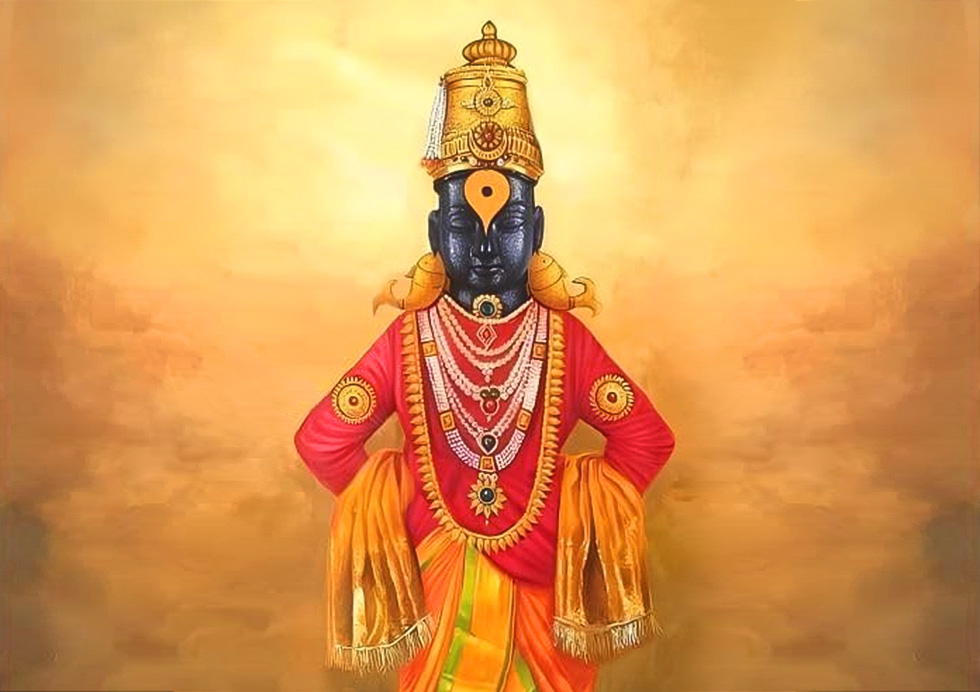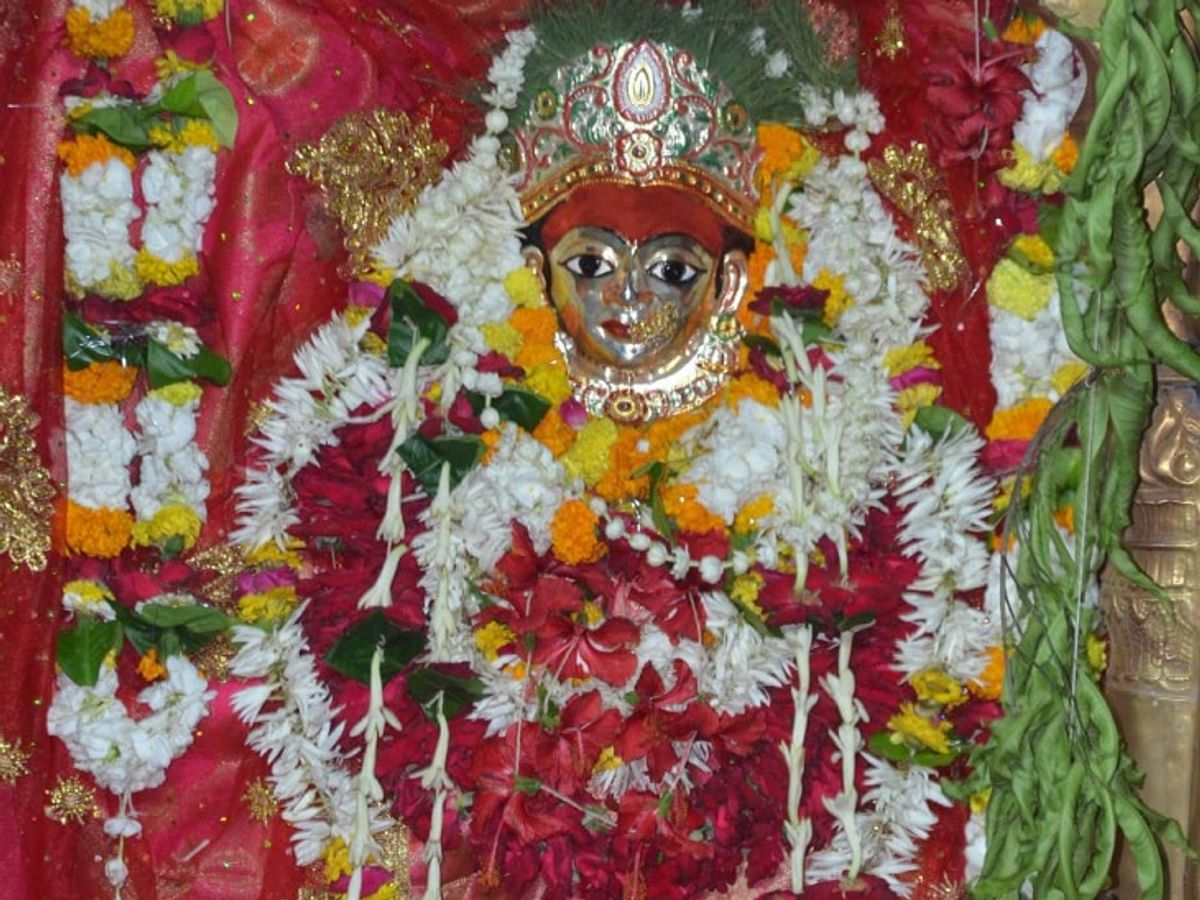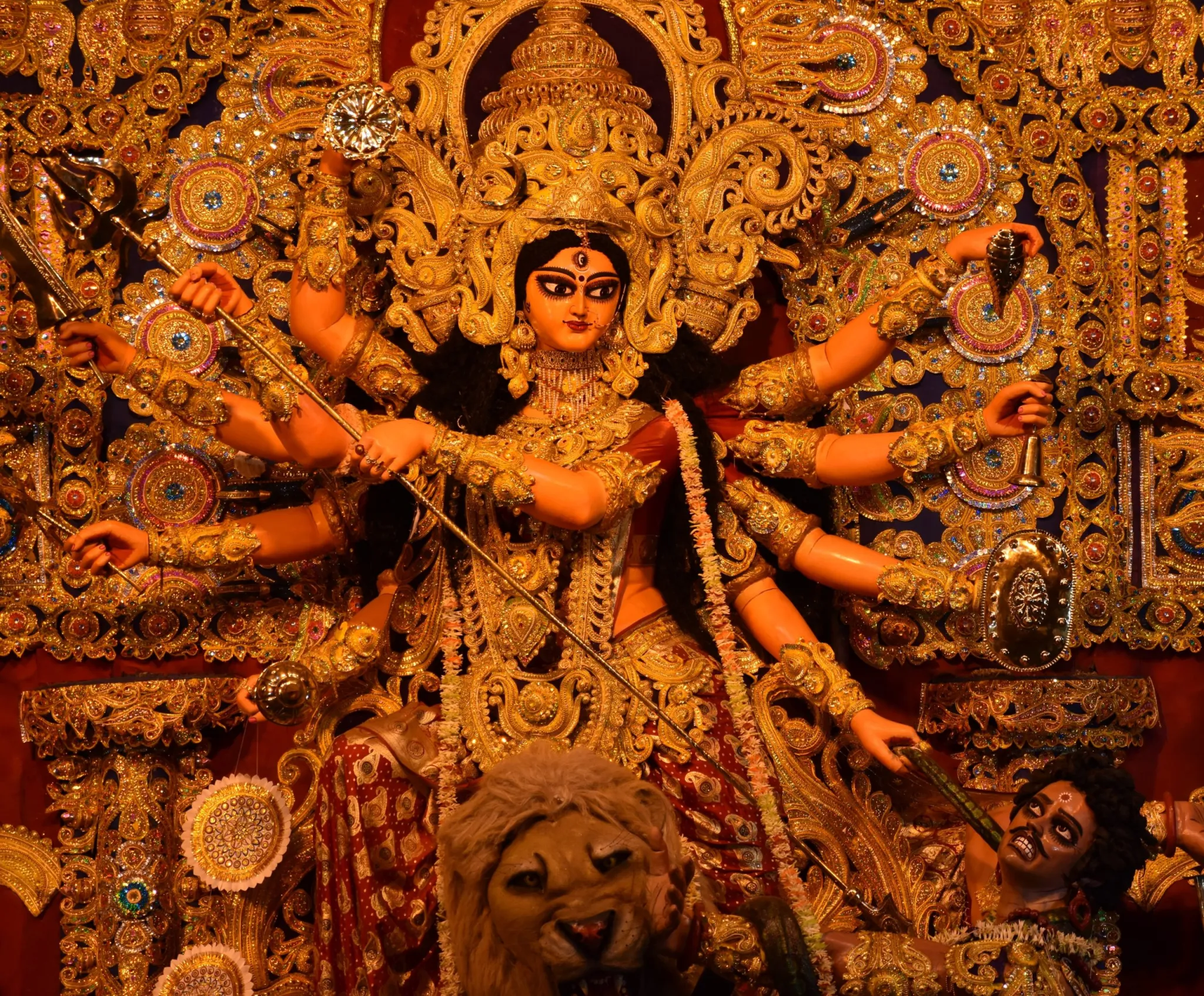Devshayani Ekadashi – The Night of Cosmic Rest
Devshayani Ekadashi marks the beginning of Chaturmas, the sacred four-month period when Lord Vishnu enters Yoganidra (cosmic sleep). Observed during the Shukla Paksha of Ashadha month, this Ekadashi invites spiritual discipline, introspection, and devotion.
This Ekadashi, also known as Padma Ekadashi or Hari Shayani Ekadashi, falls in June-July. It signifies the start of Lord Vishnu’s rest in the cosmic ocean on Sheshanaga.
This Ekadashi is observed with devotion, fasting, and prayers. The spiritual period of Chaturmas begins, during which auspicious ceremonies are paused and sadhana is intensified.
Deities Associated
The primary deity of Devshayani Ekadashi is Lord Vishnu, revered in his form as Narayana reclining on Ananta Shesha. Devotees also worship Goddess Lakshmi for prosperity and protection during Chaturmas.

“When Vishnu sleeps, the seeker awakens to the inner path of light.”
Origin, Significance & Vedic Astrological Relevance
Origin
The Bhavishya Purana and Padma Purana narrate that Lord Vishnu, after fulfilling divine duties, rests in Yoganidra for four months from Ashadha Shukla Ekadashi. This marks the beginning of Chaturmas, ending on Prabodhini Ekadashi.
The Story of King Mandhata
In the Ikshvaku dynasty, there lived a pious ruler, King Mandhata. His kingdom once suffered a terrible famine for three years. Despite being righteous, the king couldn’t understand the reason. He visited Rishi Angira, who revealed that an unauthorized Shudra was performing penance in his kingdom, causing an imbalance.
Though advised to punish the Shudra, King Mandhata refused to harm an innocent ascetic. Angira then advised him to observe the fast of this Ekadashi with complete devotion. The king obeyed, and soon rainfall and prosperity returned.
Spiritual Symbolism
This Ekadashi represents surrender, spiritual cleansing, and the transition to inner focus. It promotes sattva (purity), encouraging detachment from worldly activities and devotion to dharma.
Vedic and Astrological Insights
- Chaturmas begins as the Sun enters Dakshinayana (southern solstice).
- The Moon in Shukla Paksha enhances meditative energy.
- Ideal day for Jupiter-related remedies, especially for those under Guru Mahadasha.
- Devotees with Rahu-Ketu or Pitru Dosha gain relief through puja and fasting.
Customs, Traditions & Rituals
- Fasting: Observed as Nirjala (without water) or with fruits/milk. Grains and pulses are avoided.
- Puja Vidhi: Home altars feature Vishnu in resting form. Tulsi, yellow flowers, incense, and sweets are offered.
- Jagran and Kirtan: Devotees stay awake at night chanting Vishnu Sahasranama and bhajans.
- Parana: Fast is broken after sunrise on Dwadashi with satvik food.
Region-wise Observance
- Maharashtra: Pandharpur Wari pilgrimage culminates on this day.
- Andhra Pradesh & Telangana: Known as Toli Ekadashi; seeds are sown and feasts are organized.
- North India: Vaishnav temples conduct Vishnu Yajnas and satsangs.
Puja Vidhi & Puja Katha
Puja Vidhi
- Rise during Brahma Muhurta and bathe with water mixed with Ganga Jal.
- Clean the altar; place an image of Vishnu on Sheshanaga.
- Light a ghee lamp and incense.
- Offer yellow sweets, Tulsi, coconut, banana, and milk.
- Chant “Om Namo Bhagavate Vasudevaya” 108 times.
- Recite Vishnu Sahasranama and Vishnu Gayatri Mantra.
- Stay awake at night with bhajans or Vishnu Katha.
- Break the fast on Dwadashi after sunrise.
Vrat Katha
Lord Krishna narrated to Arjuna the legend first told by Lord Brahma to Sage Narada. A righteous king named Mandhata once faced a prolonged drought in his kingdom. His people suffered immensely and pleaded for a solution. Determined to help, Mandhata consulted Rishi Angira.
Angira revealed that the drought was due to a Shudra performing unauthorized penance in the Satya Yuga. Mandhata, unwilling to harm the innocent ascetic, asked for an alternative. The sage advised observing Devshayani Ekadashi.
Following the vrat with sincerity, the king and his people soon saw abundant rainfall and prosperity. The katha highlights the Ekadashi’s power to absolve sins, restore dharma, and bless one with Vishnu’s grace.
This Ekadashi, also called Padma Ekadashi, bestows moksha upon those who observe it. Even hearing the katha removes obstacles and cleanses sins.
Celebrations Across India
- Pandharpur, Maharashtra: Lakhs of Varkaris reach the Vitthal temple chanting Abhangas.
- Tirupati & Srirangam: Grand Vishnu pujas are conducted.
- Gujarat & Odisha: Vishnu temples perform special Yoganidra rituals.
Temples Where This Festival Is Prominent
- Vitthal Rukmini Temple, Pandharpur
- Padmanabhaswamy Temple, Kerala
- Srirangam Ranganatha Temple, Tamil Nadu
- Jagannath Temple, Puri
- Badarinath Temple, Uttarakhand
- All Divyadesams and vishnu temples
How to Observe
- Fast without grains; perform puja with devotion.
- Donate food, clothes, and essentials.
- Recite Vishnu Sahasranama or Bhagavad Gita.
- Engage in introspection, silence, and simple living.
Benefits of Celebrating
- Spiritual cleansing and sin redemption.
- Initiation into Chaturmas spiritual practices.
- Boosts Jupiter-related benefits and removes doshas.
- Aligns with cosmic rhythm of rest, inviting divine grace.




